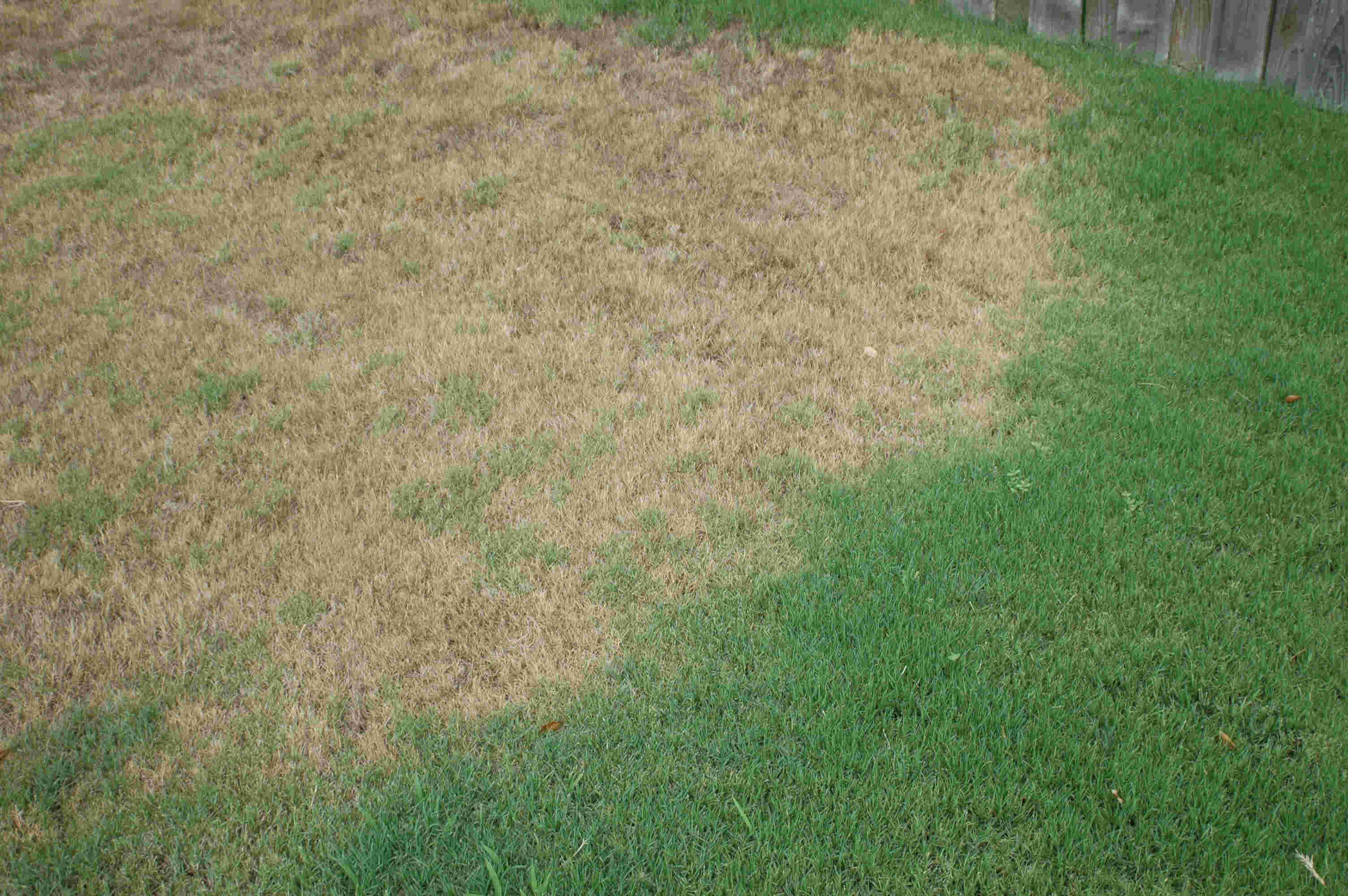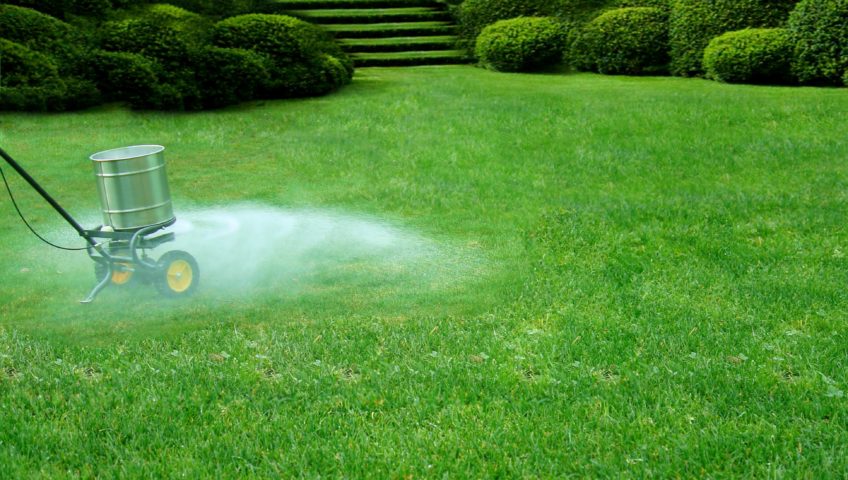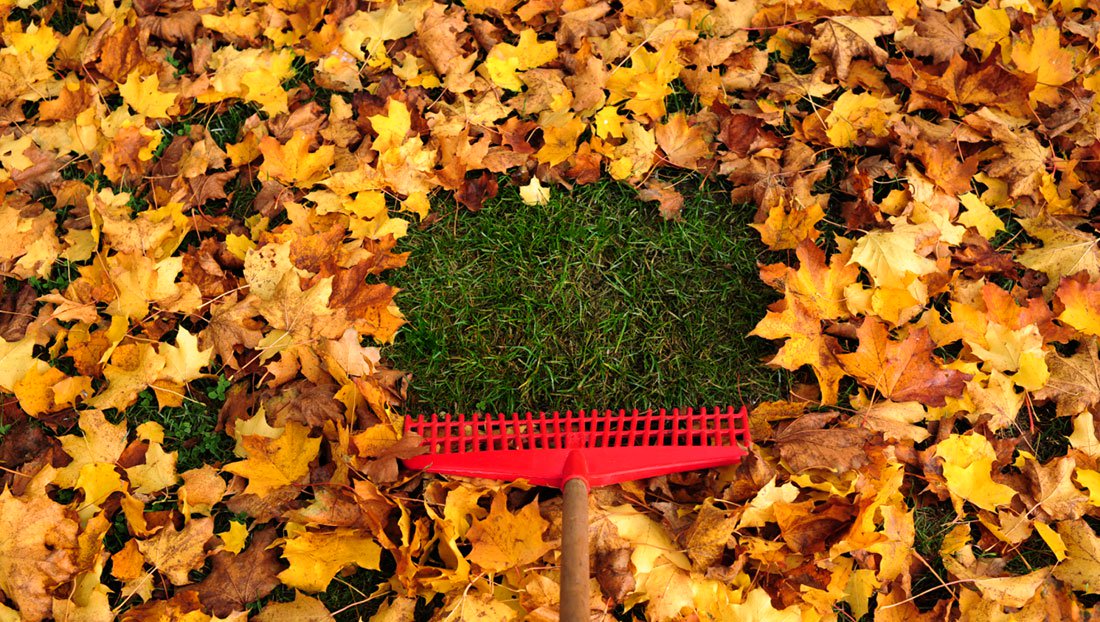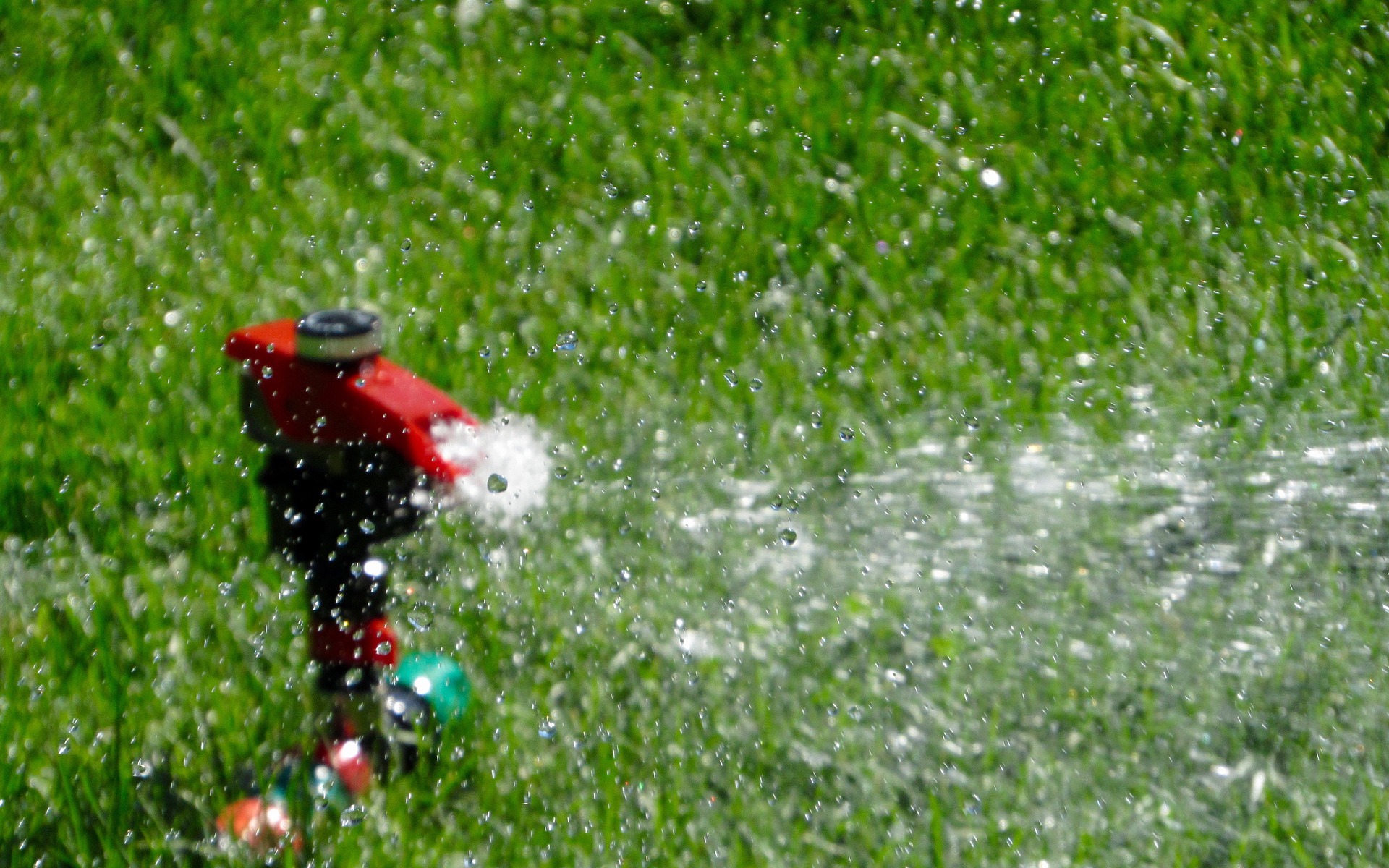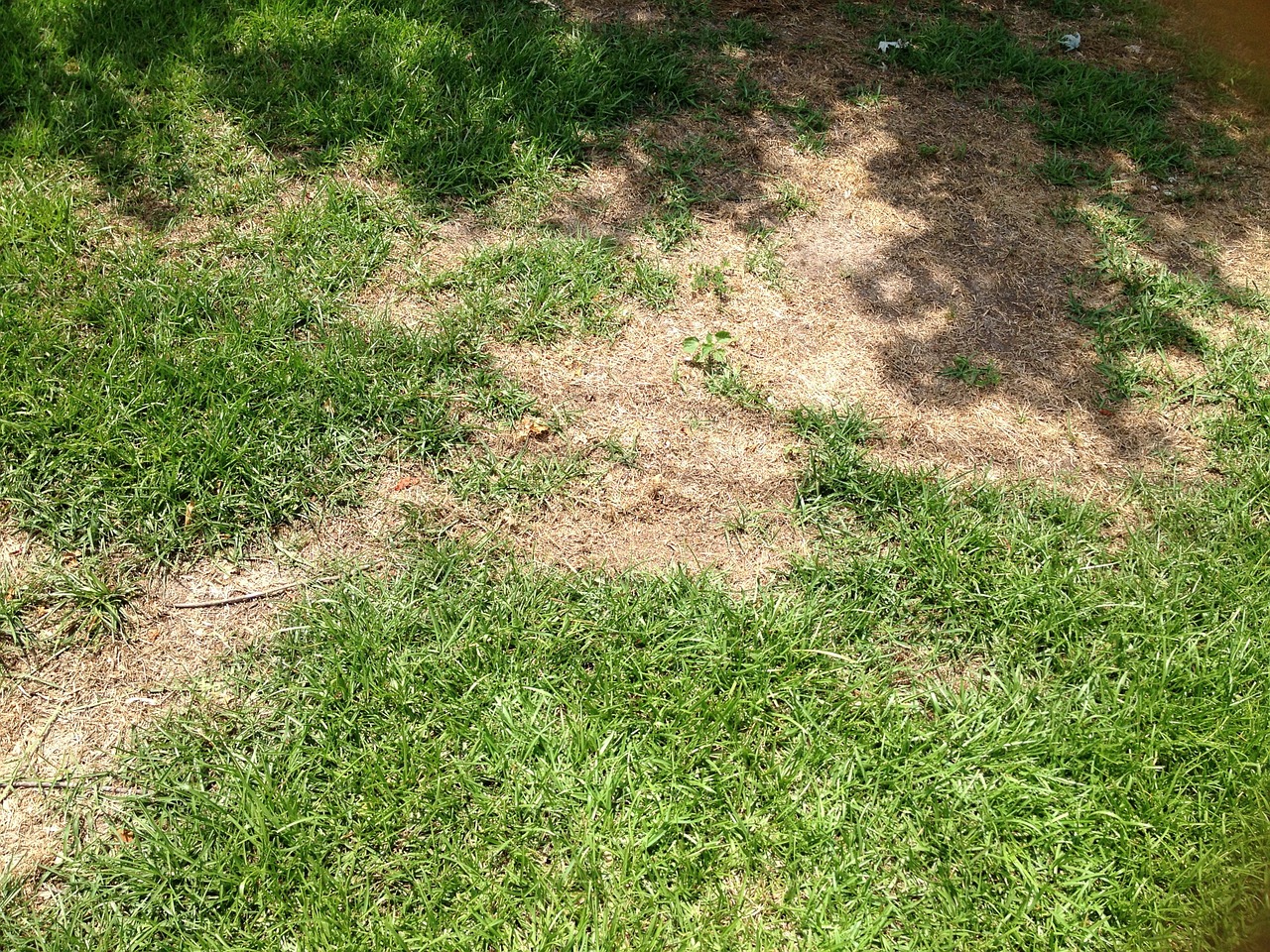
While weed control and fertilizing will help develop a healthy root system in your grass, it won’t do anything to control pests on your lawn in St. Louis, MO. White grubs, chinch bugs, white grubs, crane flies and their larvae are the most common lawn pests. It’s essential to recognize signs of infestation and prevent them from causing significant damage.
What is eating your grass?
When lawn pests have attacked your lawn, it can look bleak and dull. Plus, it’s unhealthy so when you apply proper pest and weed control your lawn can become healthy and lush. It will prevent damage from infestations and will help prevent the growth of fungus and other diseases. Here are some common pests in St. Louis and ways to recognize signs of infestation.
1. White Grubs
The white grubs are larvae of beetles such as May or June beetles, Japanese beetles, Asian beetles, European chafers, and Green June beetles. The grubs are white or creamy in color and are from a ¼ inch to 1 ½ inches in length. They are usually curled in a C-shape position as they feed on grass roots. Grubs are underground and may be eating for weeks before damage can be seen on the surface. The areas which are damaged look like discolored turf and can be peeled back from the surface. Noticing any beetles in your yard is essential because it could be a sign of a future grub problem.
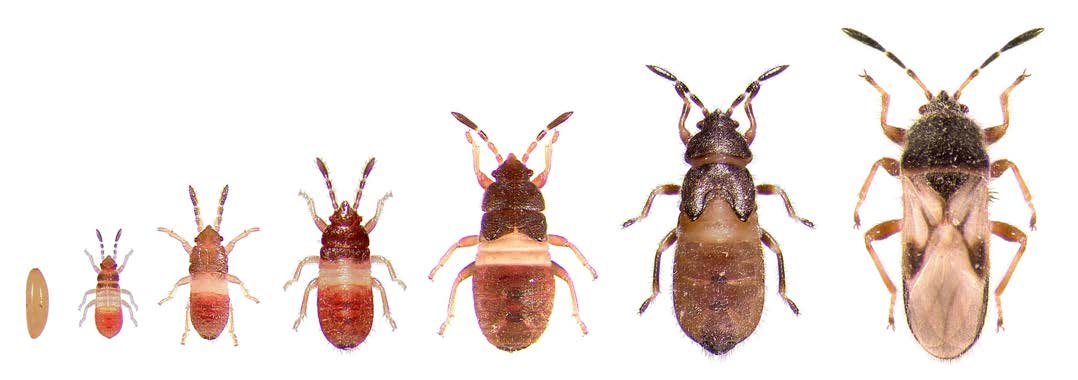
2. Chinch Bugs
These insects are small insects which live in the soil in the lawn. They feed on blades of grass by piercing them and sucking out the juices with their mouthparts. They survive through winter by hiding under hedges and shrubs in the winter. They mate in the spring with the adult female chinch bug laying up to 250 eggs throughout your lawn. In about three weeks after being laid, the nymphs hatch and begin eating. When you have a cinch bug infestation, small brown patches of grass will appear. The patches will keep growing if the problem is ignored.
3. Crane Flies and Leatherjackets
Crane flies look very similar to mosquitoes, are about one inch in length, have long slender legs and brown bodies. As adults, they emerge in the late summer or early fall and can lay several hundred eggs on your lawn. When the crane fly larvae, or otherwise known as leatherjackets, hatch they will aggressively eat the roots and crowns of your lawn. Leatherjackets can cause damage which is minor unless the infestation is ignored and then the grass will be chewed down to the soil.
4. Fall Armyworm
When an infestation of these insects’ strike, they feed on the whole above ground area of the lawn. Because they appear in large numbers, they look like an army moving from one part of your yard to another. The larvae of the Fall Armyworm are marked with green, tan or orange colored stripes. Their head has a marking which is Y shaped which is a crucial identification characteristic. As larvae, they fed aggressively when small. The adults are moths which are active mostly at night with the females laying three to five clusters of eggs of 1000 each. A new generation can develop within every 23 to 28 days.
5. Sod Webworm
These larvae are buff colored and have pairs of brown spots on each segment of their body. The adult moth looks like slivers of wood about ¾ inches in length. The female drops her eggs in the grass during flight and can lay several hundred eggs. If you think you might have an infestation, look for chewed leaf blades. Silken-lined dead grass or frass is where the larvae can be found. The entries are pencil-sized in the surface of the soil.
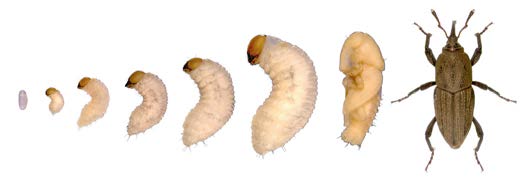
6. Hunting Billbug
When this insect lays eggs, it lays them in the leaf sheaths or punctures on the stems. When the eggs hatch, the larvae produce brown frass which ends up near the crown of the grass. Eggs are laid in the late spring or early summer. The adults are about a ¼ inch in length and grayish in color. They have a pointed snout to be used for piercing and feeding. The infected lawn will turn yellow and then brown because the liquid which flows through the plant’s stem is stopped.
By knowing which lawn pest is infecting your lawn, you can treat it correctly and restore your lawn to its former glory. If you need additional help treating your lawn, visit our lawn care page for more information!
